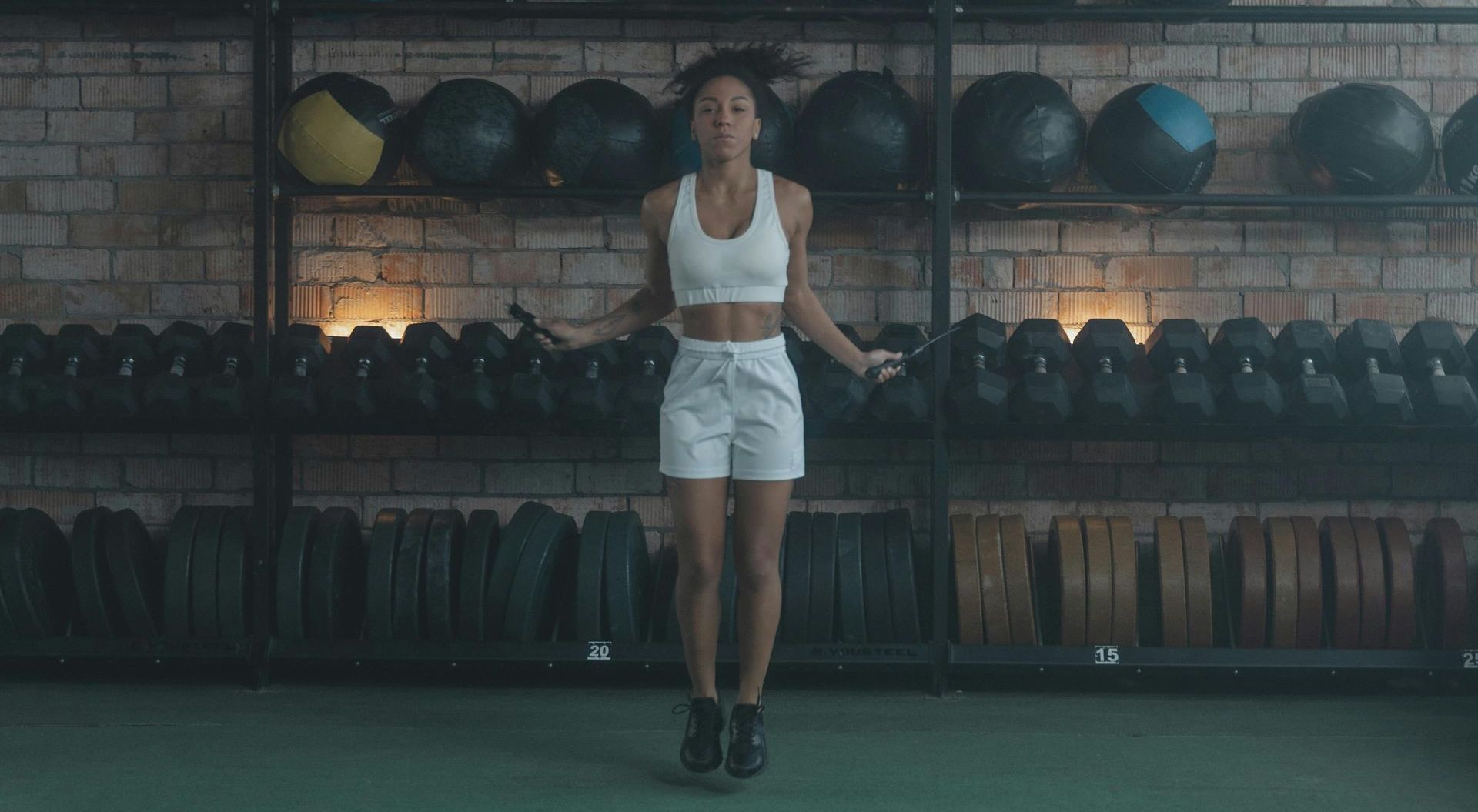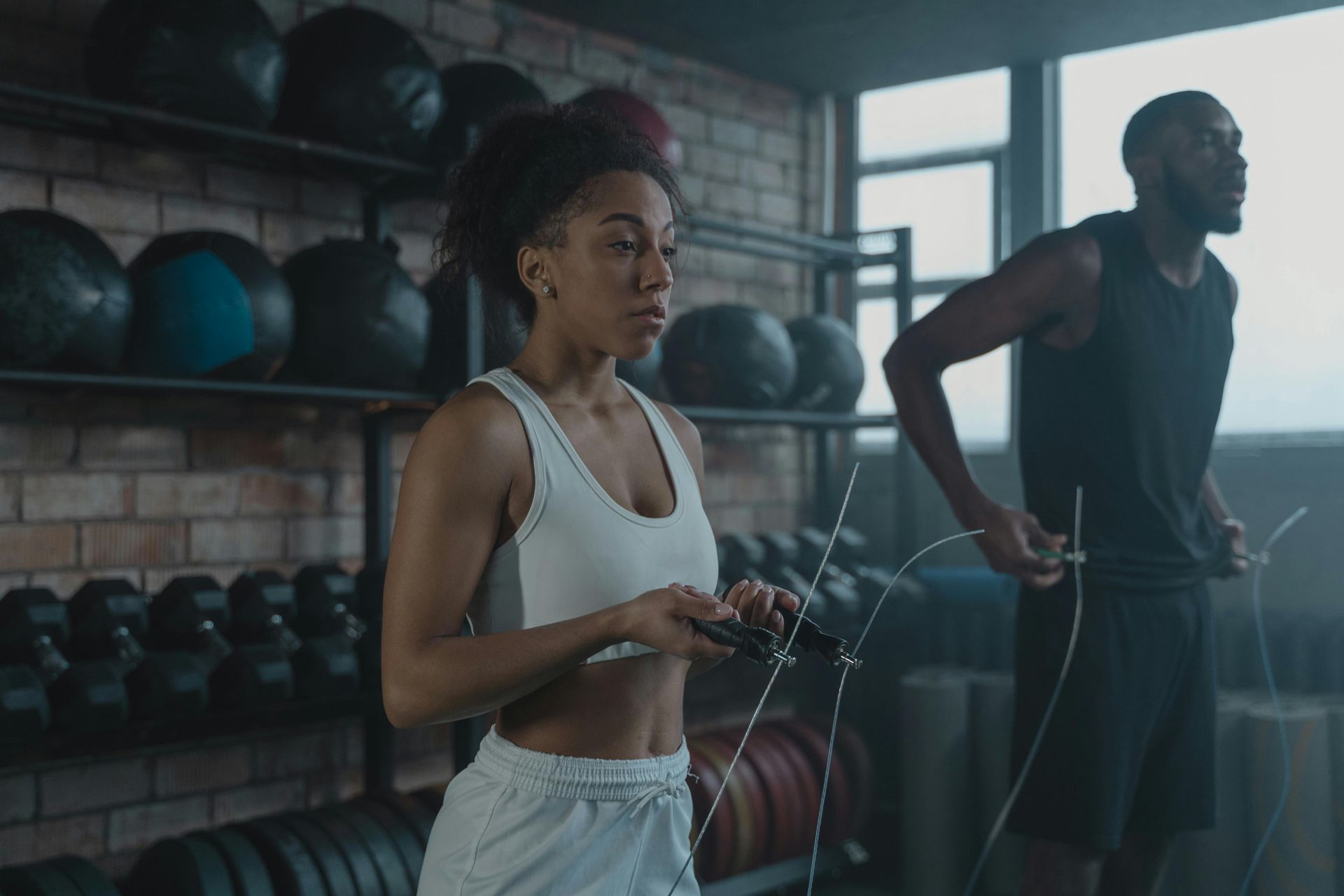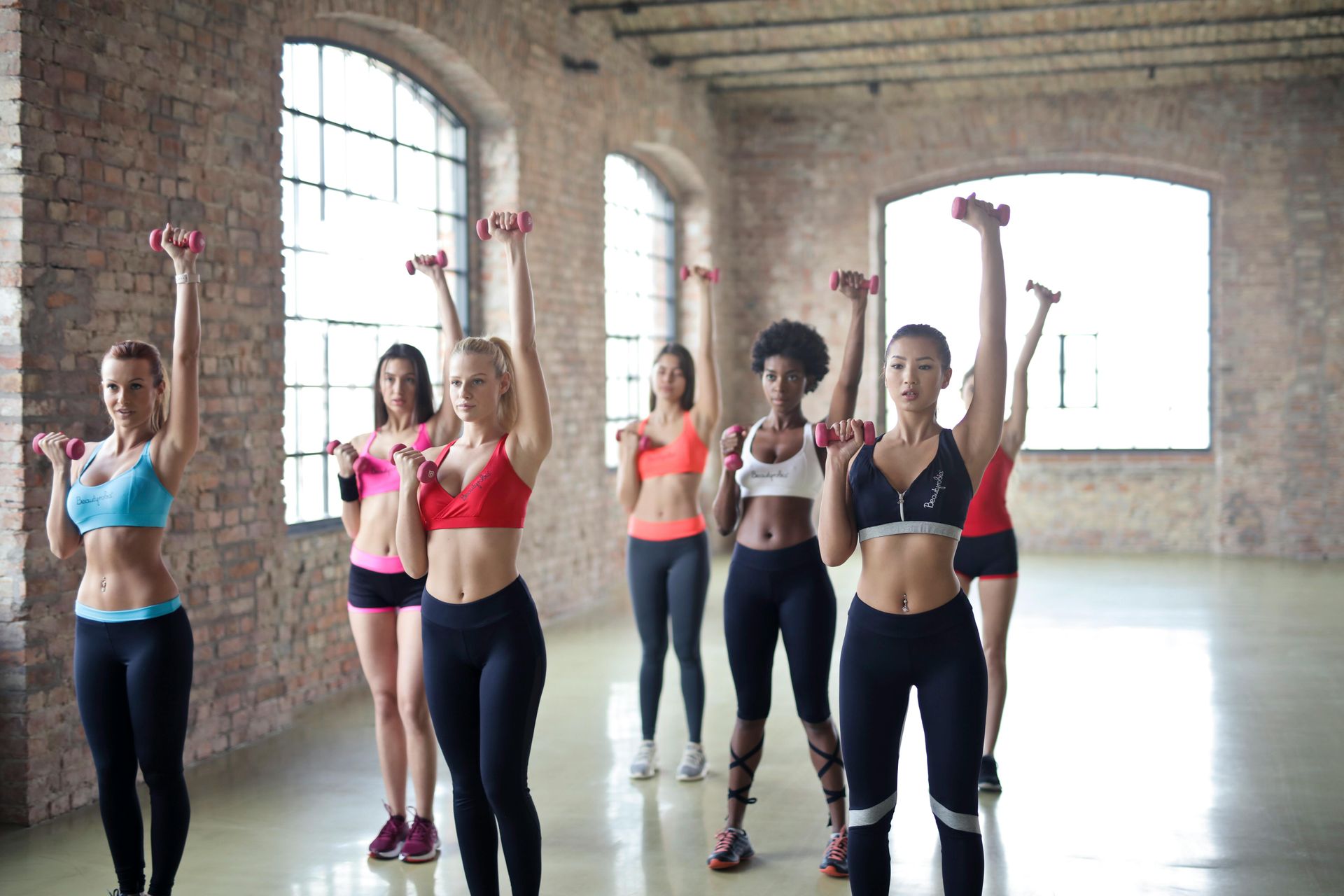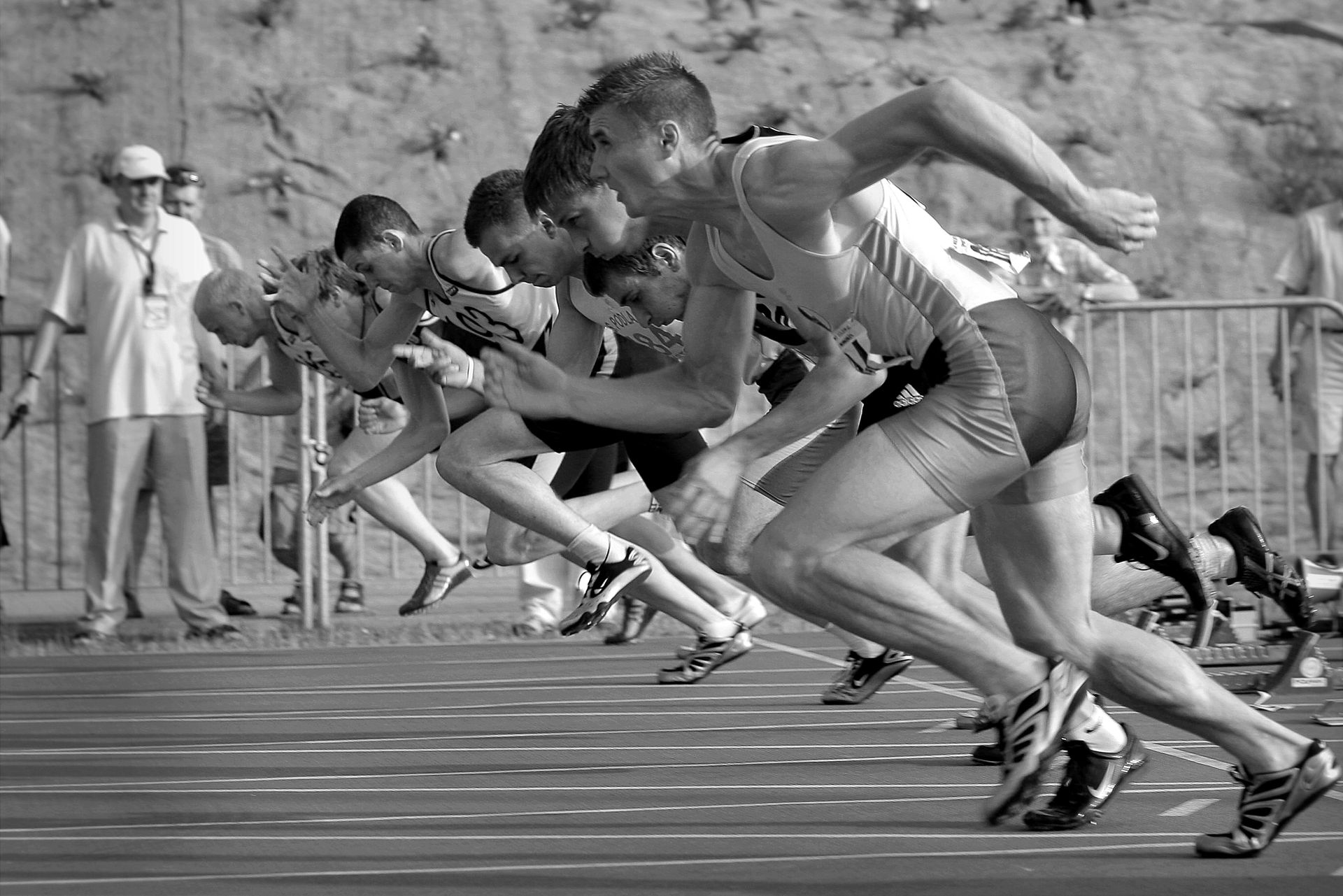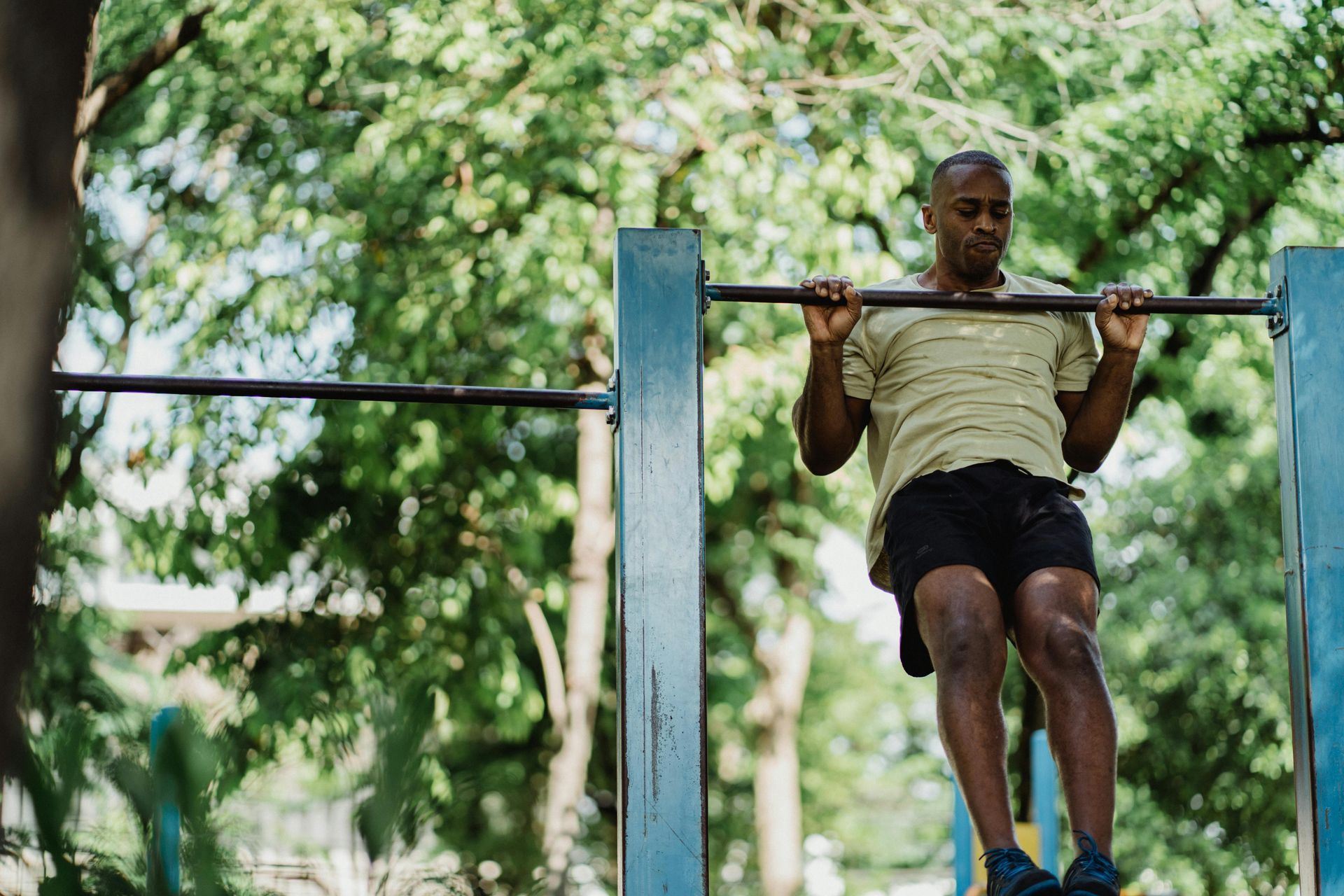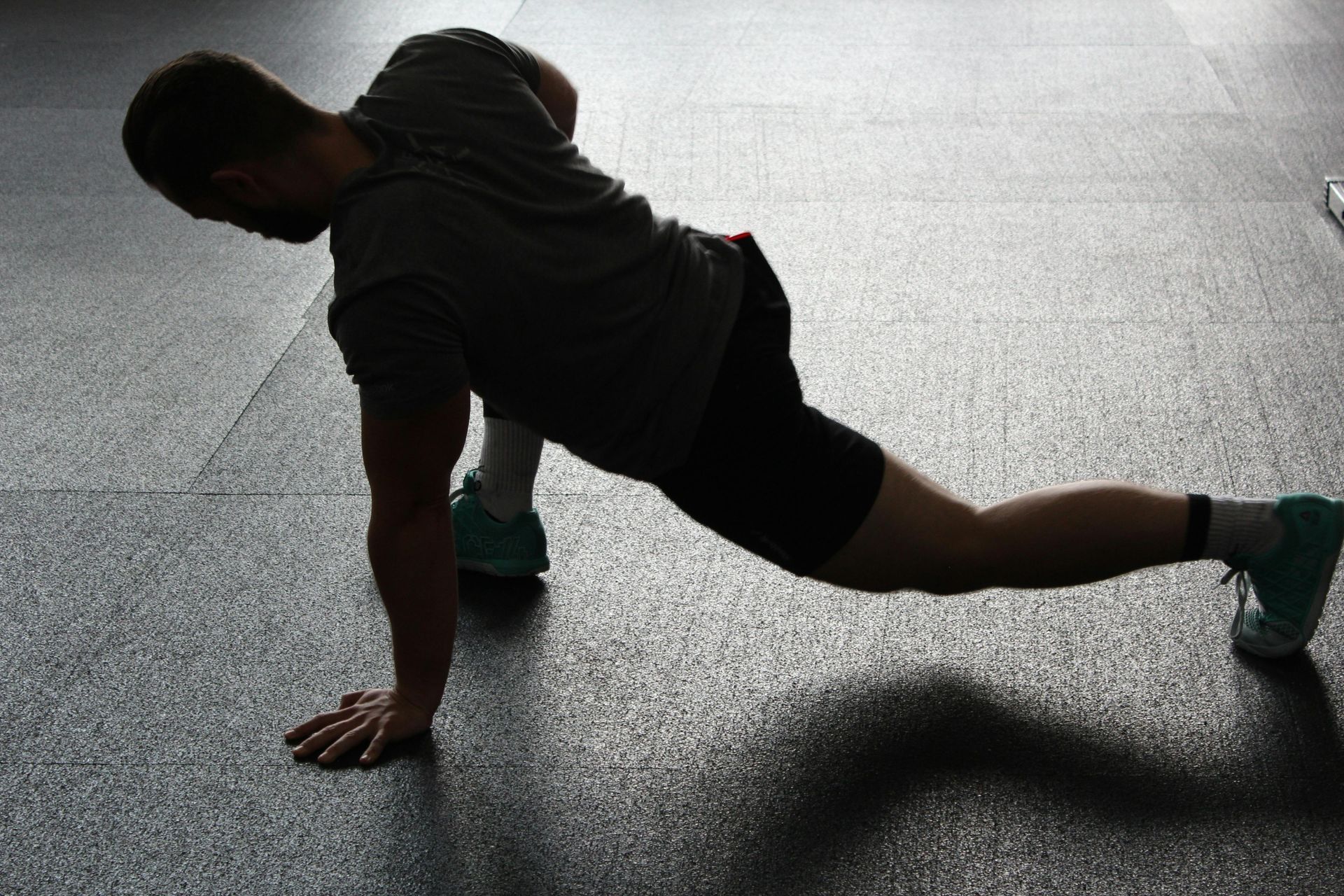Exploring Lunges
A Comprehensive Guide to Types, Benefits, and Variations of Lunges
Lunges are a staple in fitness routines worldwide, celebrated for their ability to target multiple muscle groups while improving balance, stability, and functional movement patterns. However, within the realm of lunges, there exists a variety of types, each with its own unique benefits and variations. In this comprehensive guide, we'll explore the most common types of lunges, compare and contrast their individual benefits, and discuss how incorporating a variety of lunges into your workout routine can enhance overall strength, mobility, and athletic performance.
Ready to schedule your FREE No Sweat Intro? Click HERE to get started.
Forward Lunge
The forward lunge is perhaps the most recognizable lunge variation, characterized by stepping forward with one leg and lowering the body until both knees are bent at a 90-degree angle. This dynamic movement primarily targets the quadriceps, hamstrings, and glutes, making it an excellent exercise for building lower body strength and improving overall leg muscle development. Additionally, the forward lunge engages the core muscles to maintain stability and balance throughout the movement.
Benefits:
- Targets quadriceps, hamstrings, and glutes.
- Improves lower body strength and muscle definition.
- Enhances core stability and balance.
- Helps improve hip flexibility and range of motion.
Ready to schedule your FREE No Sweat Intro? Click HERE to get started.
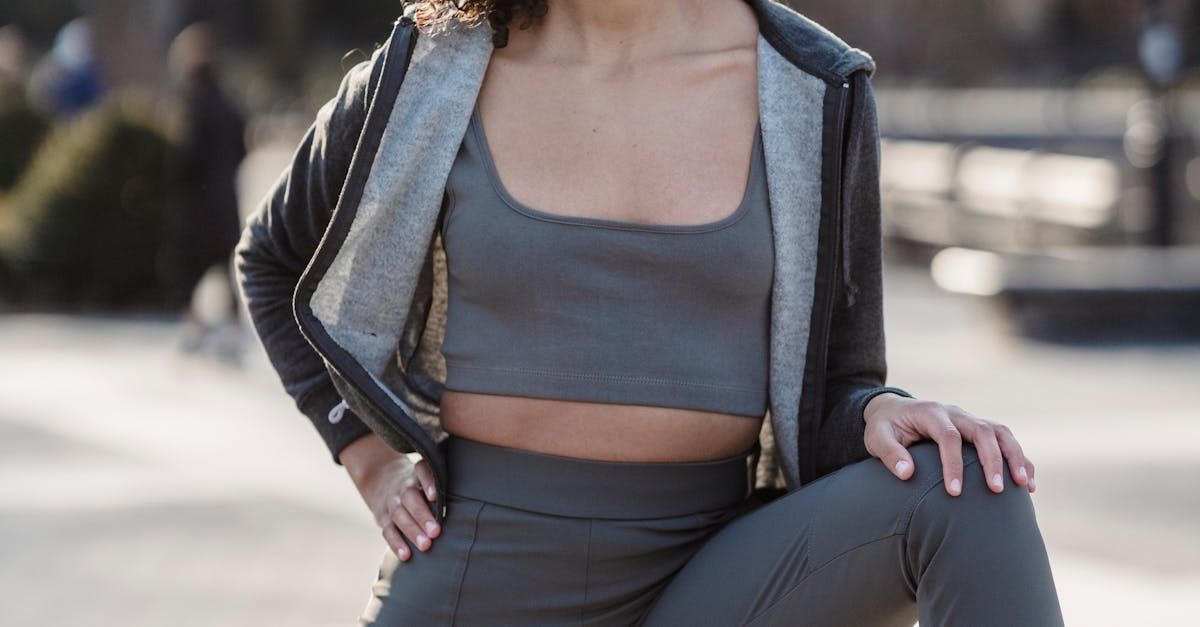
Reverse Lunge
In contrast to the forward lunge, the reverse lunge involves stepping backward with one leg and descending into a lunge position, with both knees bent at a 90-degree angle. This variation places greater emphasis on the glutes and hamstrings while still engaging the quadriceps and calves. By shifting the body weight backward, the reverse lunge also helps improve balance and stability, making it a valuable exercise for functional strength and injury prevention.
Benefits:
- Targets glutes, hamstrings, quadriceps, and calves.
- Improves balance and stability.
- Enhances coordination and proprioception.
- Reduces stress on the knees compared to forward lunges.
Ready to schedule your FREE No Sweat Intro? Click HERE to get started.
Walking Lunge
The walking lunge adds a dynamic element to the traditional lunge by incorporating forward movement. In this variation, individuals step forward with one leg into a lunge position, then bring the back leg forward to meet the front leg before repeating the movement with the opposite leg. Walking lunges effectively target the same muscle groups as forward lunges while also improving cardiovascular endurance and coordination.
Benefits:
- Targets quadriceps, hamstrings, and glutes.
- Improves cardiovascular endurance and stamina.
- Enhances coordination and proprioception.
- Offers a functional movement pattern similar to walking or running.
Ready to schedule your FREE No Sweat Intro? Click HERE to get started.
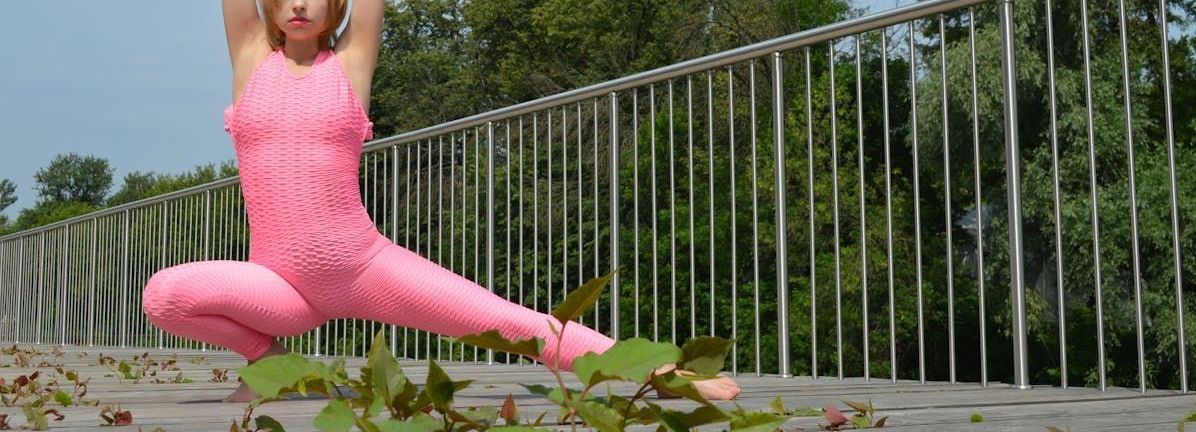
Side Lunge
Unlike traditional lunges that primarily move in the sagittal plane, side lunges involve stepping to the side with one leg while keeping the other leg straight and the toes pointed forward. This lateral movement targets the adductor muscles of the inner thighs, as well as the glutes, hamstrings, and quadriceps. Side lunges are particularly effective for improving hip mobility, strengthening the inner thighs, and enhancing lateral stability.
Benefits:
- Targets adductor muscles, glutes, hamstrings, and quadriceps.
- Improves hip mobility and flexibility.
- Strengthens the inner thighs and abductors.
- Enhances lateral stability and balance.
Bulgarian Split Squat
The Bulgarian split squat is a unilateral exercise that involves elevating one foot behind the body while performing a squatting motion with the other leg. This variation places greater emphasis on the quadriceps and glutes of the working leg, while also engaging the stabilizing muscles of the hips, core, and lower back. By isolating each leg independently, the Bulgarian split squat helps correct muscle imbalances and asymmetries while improving overall lower body strength and stability.
Benefits:
- Targets quadriceps, glutes, and stabilizing muscles.
- Corrects muscle imbalances and asymmetries.
- Improves hip stability and core strength.
- Enhances single-leg strength and balance.
Conclusion
Incorporating a variety of lunges into your workout routine can provide numerous benefits for overall strength, mobility, and athletic performance. Whether you prefer forward lunges for building leg strength, reverse lunges for balance and stability, walking lunges for cardiovascular endurance, side lunges for lateral mobility, or Bulgarian split squats for unilateral strength development, there's a lunge variation to suit every fitness goal and ability level. By embracing the diversity of lunges and incorporating them into a well-rounded training program, you can unlock the full potential of this versatile exercise and take your fitness journey to new heights.
